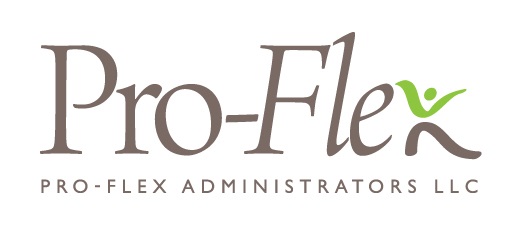Health savings accounts (HSAs) really got their start with the passage of the Medicare Modernization Act in 2003, says John Park, chief strategy officer at full-service consumer-driven health plan provider Alegeus, who is based in Walthan, Massachusetts.
HSAs are paired with a high-deductible health plan (HDHP). “The idea was to drive some financial responsibility for individuals and to allow consumers to have a savings account to offset out-of-pocket costs,” Park notes. He adds that HSAs have benefits unique to any other kind of tax-deferred accounts. They offer triple tax benefits—contributions reduce taxable income; earnings on the accounts build up tax-free; and distributions from the accounts, for qualified expenses, are not subject to taxation.
Park attributes the rise in adoption of HDHPs with HSAs to the employers’ cost of health care. Employers can lower or maintain premiums by creating higher deductibles and increase premium cost sharing to employees. It promotes more financial responsibility but also creates the need to help consumers make better decisions.
The move to 401(k)s was similar—it put more financial responsibility on retirement plan participants and created the need to help them make better financial decisions.
Park says there are a lot of parallels in the adoption of HSAs and 401(k)s. Since introduction in 2003, HSAs hold more than 20% of market share. Similarly, it took some time for 401(k) plans to be adopted—although introduced as part of the Employee Retirement Income Security Act (ERISA) in 1974, it took more than 10 years for 401(k)s to gain the same percentage of market share that HSAs have now.
In addition, 401(k)s were met with reluctance at first. Similarly, the retirement industry first saw HSAs as competition for savings dollars, according to Park, but as health care became a bigger part of the conversation about expenses in retirement, HSAs are now being thought of as a complementary savings vehicle.
As 401(k)s were increasingly adopted, more education was required for participants to understand them and to encourage participants to enroll. Similarly, employees generally don’t understand the difference between an HSA and other health care savings vehicles such as flexible spending accounts (FSAs) or health reimbursement arrangements (HRAs), nor do they recognize the long-term savings value proposition of HSAs.
Finally, when 401(k)s were first adopted, many had no more than three investment vehicles offered to employees. Gene Lanzoni, assistant vice president, Group & Worksite Marketing – Thought Leadership at Guardian Life in New York City, notes there is still a very low use of investments in HSAs, but as usage grows it will be a struggle to get employees engaged and paying attention to asset allocation just as it has been with 401(k)s.


